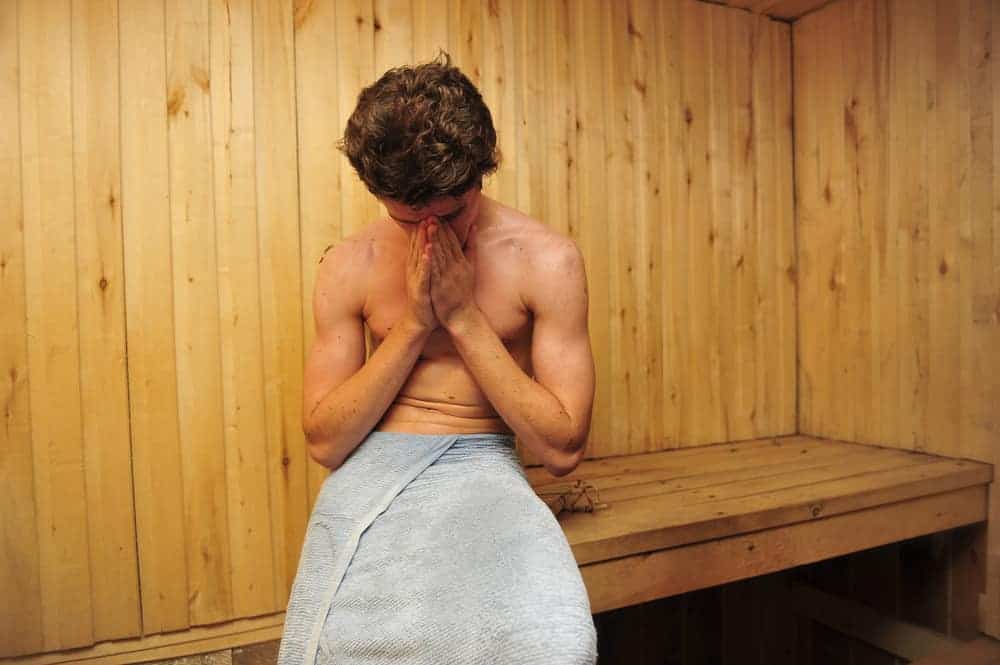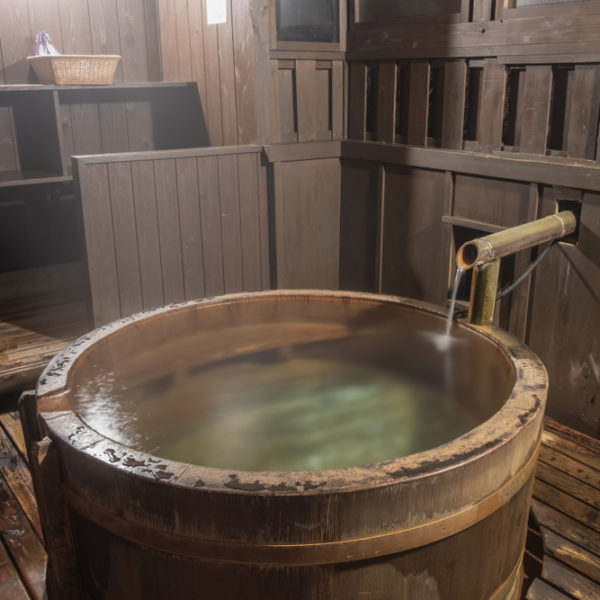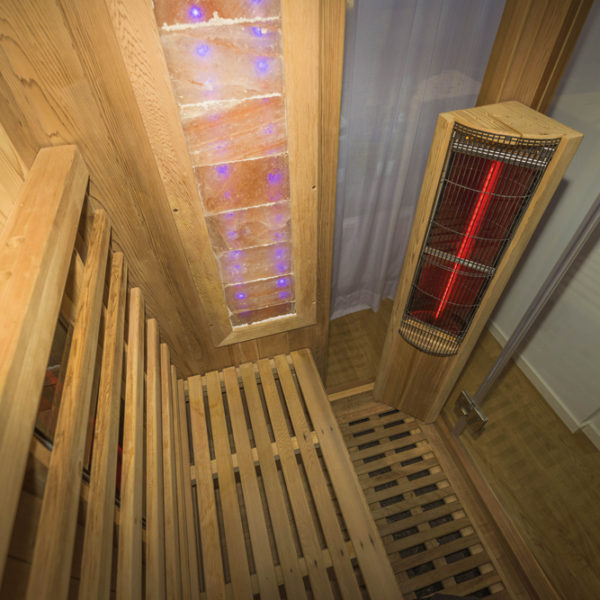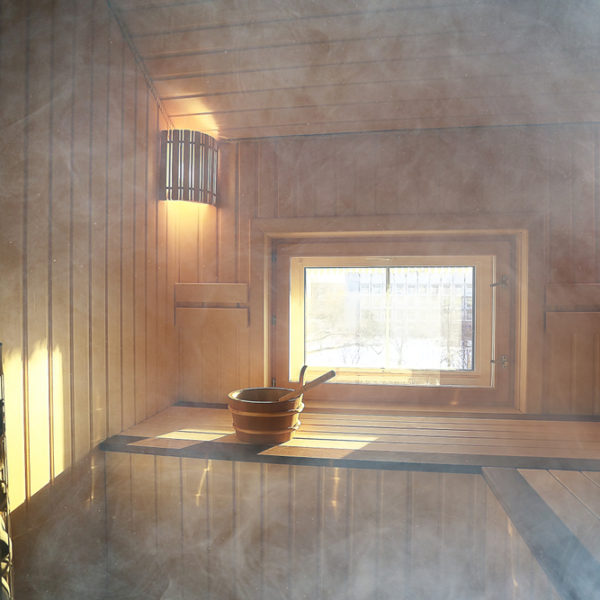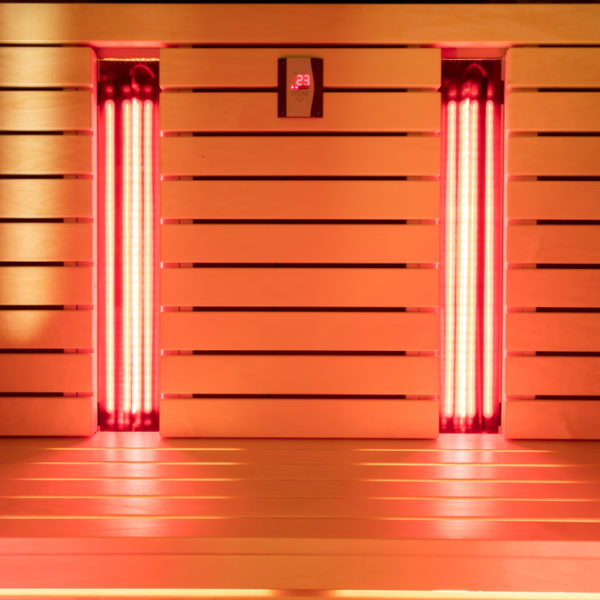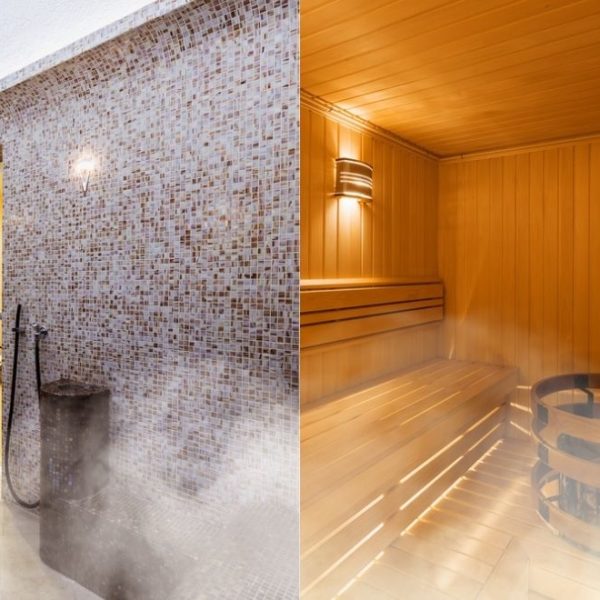When you catch a cold or are suffering from the flu, the traditional advice is usually that you need to “sweat it out”. This isn’t necessarily based on science, but old folk remedies like this aren’t supposed to be – rather, they rely on the accumulated wisdom of countless generations.
If it’s true that “sweating it out” can cure a cold or the flu, then surely sitting in a sauna must be an effective treatment, right? Well, perhaps not – and in this post, we’ll explain why as we consider the question, are saunas good for colds?
What is a cold or the flu?
Before we talk about how useful saunas are for fighting colds or the flu, it’s worth taking a quick step back to remind ourselves of what these illnesses are – so bear with us because we’ll get to the saunas in just a moment!
The common cold is a condition that just about everyone suffers from at least once or twice each year, hence the name.
It’s a viral infection that can be caused by not just one but up to around 200 different virus strains, including rhinoviruses, adenoviruses, enteroviruses and yes, coronaviruses.
Because the common cold can be caused by so many different individual viruses, there’s no vaccine for it (unlike covid, which is one particular type of coronavirus), and you can’t treat the common cold with antibiotics since antibiotics kill bacteria and not viruses.
Symptoms of the common cold include coughing, sore throat, runny nose, sneezing, headaches, and fever.
The flu, or more formally influenza, is a different infectious disease caused by the influenza virus. Since the flu is caused by a single type of virus, it is possible to vaccinate against it – but the vaccine needs to be modified each year to adapt it to ever-changing strains of flu.
The symptoms of flu are similar to those of the common cold – along with a bit of muscle pain and fatigue thrown in for good measure.
The flu is a more serious condition than the common cold and can be dangerous for people in vulnerable groups like the elderly or others with weakened immune systems.
Again, you can’t treat flu with antibiotics since it’s caused by a virus and not bacteria.
What’s the best way to get over a cold or the flu?
Just as there’s no vaccine for the common cold, there’s also no “cure”, and the usual treatment includes plenty of rest and lots of fluids to maintain hydration. Beyond this, you simply do what you can to alleviate the symptoms until the illness passes.
For example, gargling warm salt water is often suggested to relieve a sore throat.
The treatment for mild or moderate flu is similar, and bed rest with plenty of fluids is recommended. However, more serious cases may be treated with antiviral drugs, especially for those in high-risk groups.
But what about saunas? Are saunas useful if you’re suffering from a cold or the flu? Can sitting in a sauna help you get better quicker? Let’s have a look at this now.
Sweating it out in a sauna – does it help?
Many people tend to believe that with any kind of folk cure, there must be some truth in it because people have been relying on these ideas for hundreds of years, and often they appear to make sense.
When it comes to colds or flu, part of the reason for this could be because when we catch a cold or the flu, sometimes we also get a fever – and when we have a fever, we sweat. After we sweat, we get better, and so it would seem to follow that it was the sweating that did it.
But what does the science say about sweating out a cold?
The science of sweating out a cold
Sweating is the natural way our bodies try to keep cool when we get too hot. Sweat is produced by glands in our skin, which then evaporates, helping to cool us down.
However, sweat is 99% composed of water and small amounts of carbohydrates, salts, protein and urea. You don’t sweat out toxins, and you’re not sweating out a virus – that’s just not the way your body works.
If you want to learn more about how our bodies deal with toxins – and why sweating doesn’t help – you can check out this video for more info.
When we catch a cold and develop a fever, this is because our bodies are increasing the temperature to help fight the virus. Sweating is a side effect of the increased temperature – but it isn’t part of the mechanism for fighting the disease.
However, when your body wins the fight, the fever breaks, you stop sweating and you feel better. At this point, it might be natural to assume you got better because you “sweated out” the cold – but actually, it’s just your body returning to a normal state.
This means that artificially encouraging sweating by sitting in a sauna won’t be helpful because, despite what folk medicine tells us, sweating isn’t the way the body heals itself – it’s just a result of the body’s natural healing process.
Here’s a video that explains this point very clearly.
Sweating can make your cold worse
That’s not all, though. It’s not just that trying to “sweat it out” in a sauna is not beneficial – it may actually make things worse.
Remember, we said that one of the most important things to do to help you recover from a cold or the flu is to take on lots of fluids – but when you sit in a sauna, you’re losing more fluids than normal because of the excess sweating.
Losing fluids like this will make you feel worse and can also reduce your body’s natural ability to fight the virus – which could even make the illness last longer.
Furthermore, if you use a public sauna, shutting yourself up in an enclosed space with other people will increase the possibility of passing your virus on to other people.
So if you’re sick with a cold or the flu, it’s best to avoid public saunas until you’re feeling better – and if you have your own private sauna, at least make sure you drink lots of water to replenish all the fluids you’re losing through your sweat.
But is there any other way a sauna can help?
So it seems pretty clear that the science doesn’t back up sweating out a cold or the flu in a sauna, despite what folk wisdom tells us – but are there any other ways a sauna might help us recover from these illnesses?
One idea is that the heat of a sauna may be able to kill or slow down a virus, and some people will point to a 2015 study to back this up.
Since rhinovirus, one of the most common causes of colds, replicates better at lower temperatures due to decreased immune resistance, researchers decided to test how increased temperatures affected rhinovirus in mice.
The study found that at temperatures below 37°C (98.6°F), the rhinovirus was able to replicate more readily, and some people have taken this a further step to suggest that sitting in a sauna could also help kill cold viruses in humans.
Another idea is that breathing in the hot, humid air of a sauna can help clear congested sinuses. This sounds reasonable, and some people may feel that, at least for a short time, breathing the hot air in a sauna brings them some relief.
If you are talking about an infrared sauna blanket, the same would also be true since the sweating it induces would still not have any positive effect.
Neither idea supported by science
Unfortunately, neither of these theories stands up to scientific scrutiny.
One piece of research compared six previous studies to investigate whether breathing steam in a sauna could help congested mucus drain more effectively or whether the heat could kill or slow the virus.
The author’s conclusion stated that “the current evidence does not show any benefits or harms” from breathing steamy air.
So in short, saunas don’t affect colds in any way.
At the same time, plenty of people still suggest anecdotally that saunas can open the airways, make it easier to breathe and relieve congestion.
Saunas may also help to stimulate the production of disease-fighting white blood cells, potentially hastening your recovery – so if you believe that heading to the sauna brings you relief, there’s no reason why you shouldn’t give it a go.
Just remember that in a sauna, you will sweat considerably more than usual, so if you want to try, it’s essential to keep taking on plenty of fluids.
What about sweating it out through exercise?
Perhaps the belief that “sweating it out” helps clear up a cold comes from the fact that exercising also makes you sweat – but that in reality, it’s the exercise itself rather than the sweating that helps.
It’s possible that if you are suffering from a mild cold, a gentle workout may provide a slight boost to your immune system. Exercising also releases endorphins into your body, which will make you feel better, perhaps relieving some of the symptoms of your cold.
However, if you are suffering from more serious symptoms such as fever or aches, it’s your body’s way of telling you that it needs to rest, in which case, exercising may make things worse.
Again, if what your body really needs is rest, exercising when you’re feeling low can make your cold last longer.
So in sum, while you might think that sweating in a sauna or through exercise may shift your cold faster, the sweating itself doesn’t help, and if you don’t feel good, the best thing to do is to take a few days off work and rest up until you’re back to normal.
Can saunas help prevent colds?
So as we’ve seen, the evidence that saunas can help colds or the flu through making you sweat or through helping clear congested airways is tenuous and ambivalent at best – but what about the ability of a sauna to prevent colds in the first place?
In this area, the science does seem to support the idea that using a sauna can help keep you healthy and reduce your chances of catching a cold.
Austrian study
Even if taking a sauna can’t cure the common cold, saunas are thought to have many other health benefits, and when it comes to helping you stave off the common cold, the study people will often refer you to is one that was carried out in Austria.
In this study, 50 people were followed for a period of six months, with half of them using saunas during the six months and the other half refraining from using saunas during this time – and the results were quite striking.
It was found that the people who used saunas during the study reported fewer instances of common colds than those who didn’t use saunas.
In particular, during the last three months of the study, the sauna-using participants reported half as many colds as those who didn’t use saunas.
At the same time, when people in the study contracted colds, it was found that the length and severity of the colds were unaffected by sauna use.
In other words, it seems that using a sauna significantly reduces your chance of catching a cold in the first place – but once you catch a cold, sauna use has no effect on how bad your cold will be.
Whether the same benefits can be obtained from a sauna blanket is unclear since more extensive research is needed.
If you’re currently suffering from a cold and are looking for the quickest ways to start feeling better, you can also check out this video for some useful suggestions.
Final words
The notion that you can “sweat out” a cold, either in a sauna or through exercise is not supported by any science, with most authorities saying this belief is false. Similarly, the suggestion that saunas help with congestion is not supported by much science.
On the other hand, there is good evidence that regular sauna use can help prevent you from catching a common cold, so just for that reason – as well as the many other health benefits associated with saunas – it remains an enjoyable activity that is to be encouraged.
